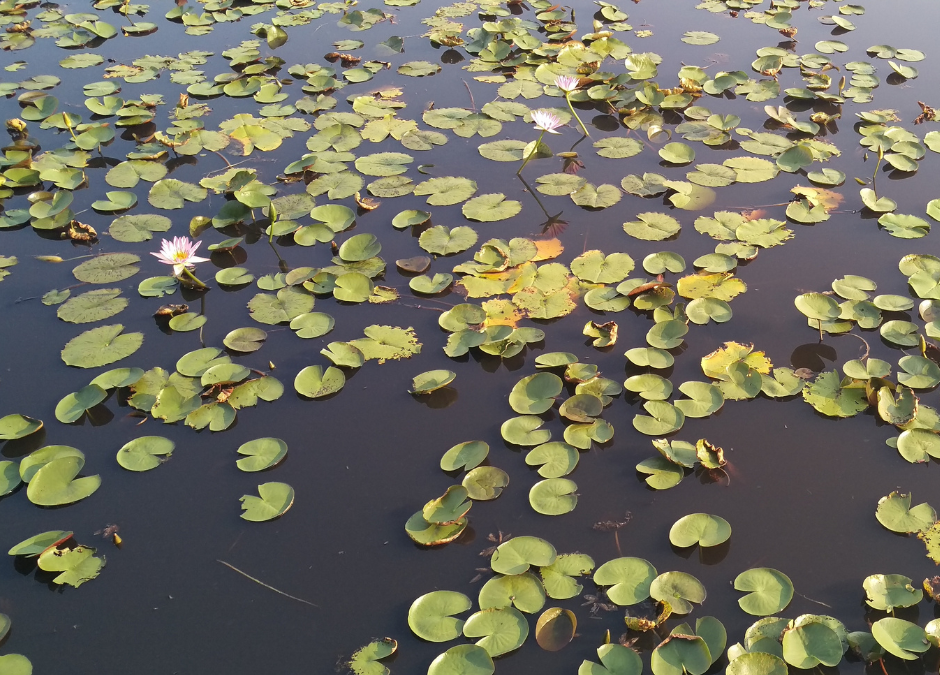Water lilies are aquatic plants that can be found in many ponds. They are known for their beautiful flowers, which can range in color from white to pink to yellow. While water lilies can add aesthetic value to a body of water, they can also become invasive and cause problems for the ecosystem.
Here are some ways to understand water lilies and how to know when they are invasive:
- Understand the different types of water lilies: There are two main types of water lilies: hardy and tropical. Hardy water lilies can survive in colder temperatures and can be found in temperate climates, while tropical water lilies require warmer temperatures and can be found in tropical climates.
- Know the growth habits of water lilies: Water lilies grow from rhizomes, which are underground stems that send out roots and shoots. They can grow in shallow or deep water, and can spread rapidly if left unchecked.
- Look for signs of invasiveness: Invasive water lilies can form dense mats of vegetation that can outcompete native plants, clog waterways, and make it difficult for fish and other aquatic animals to swim. They can also reduce oxygen levels in the water, which can harm other organisms.
- Identify the species: There are several species of water lilies, and some are more invasive than others. For example, the European white water lily (Nymphaea alba) and the yellow water lily (Nuphar lutea) are considered invasive in some parts of North America.
If you suspect that water lilies in your pond may be invasive, it is important to take action to prevent its spread. This may include removing the plant from the water, or using physical or chemical control methods to prevent it from spreading. Additionally, you can consult with local environmental organizations or experts to determine the best course of action for your specific situation.
Healthy Ponds product to control Water Lilies
Water lilies can be managed with Sonar RTU. This ready to use product offers:
- No mixing
- No spray equipment
- No boat needed
Shake bottle and pour directly into waterbody. Repeat per label on day 21 and day 42 following the rate chart for your treatment area.
Not sure what your pond exactly needs? Reach out to our pond experts. We have many years of experience treating ponds healthyponds.com/free-pond-plan


